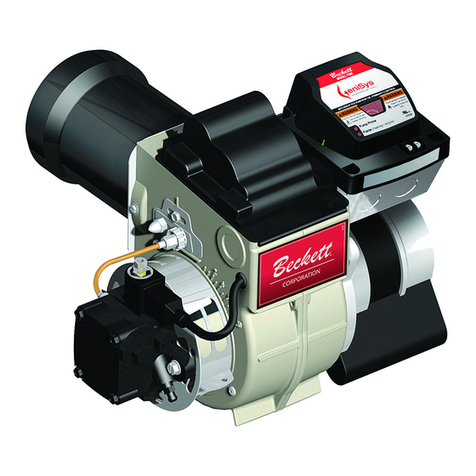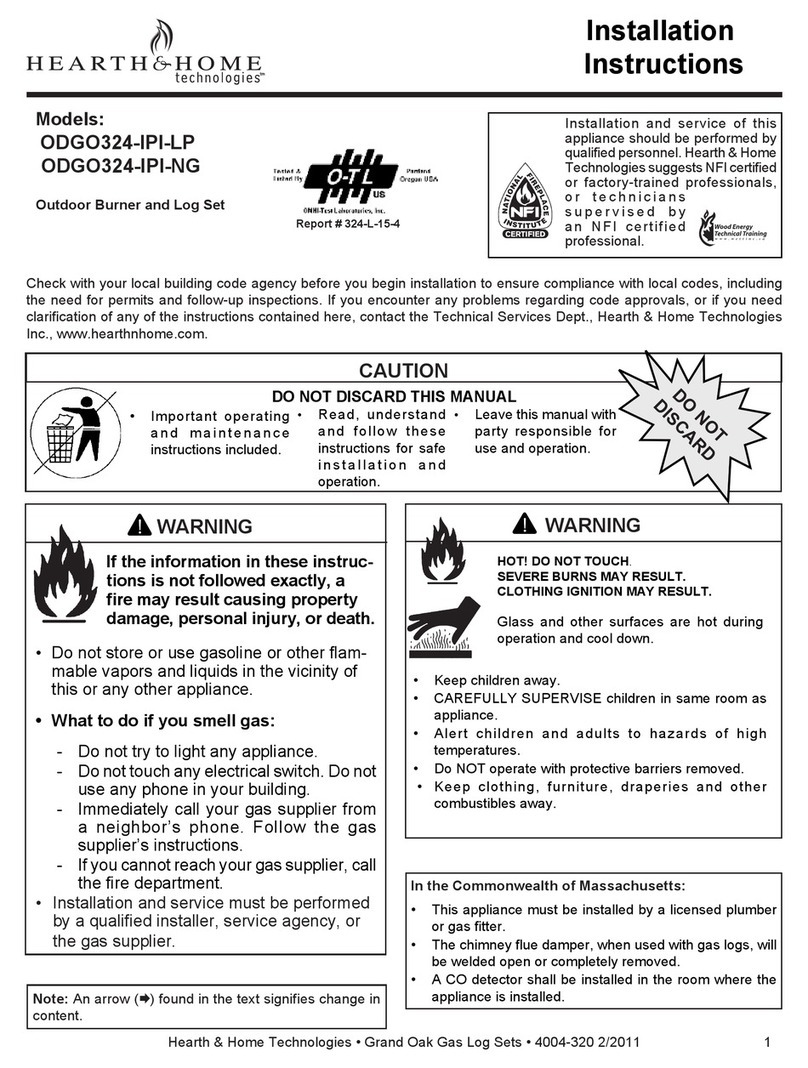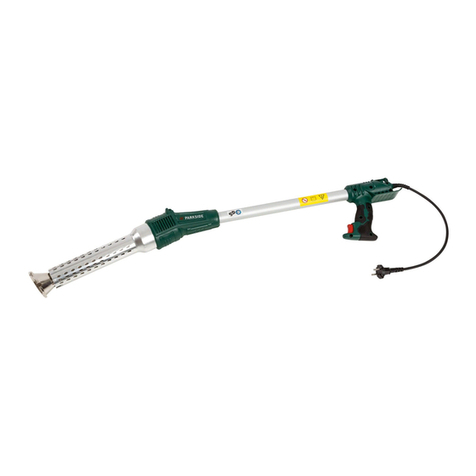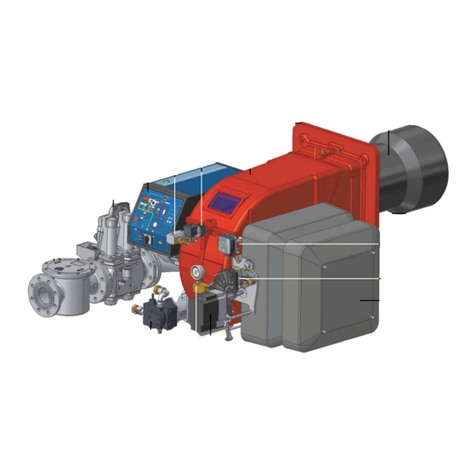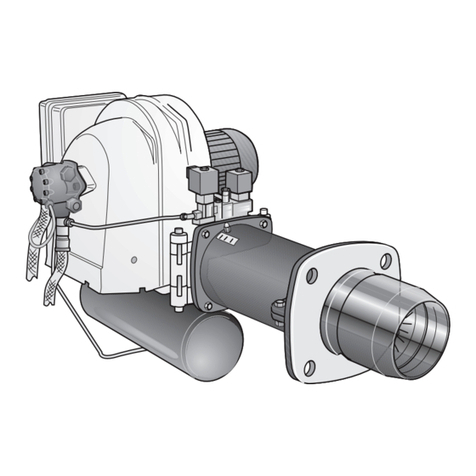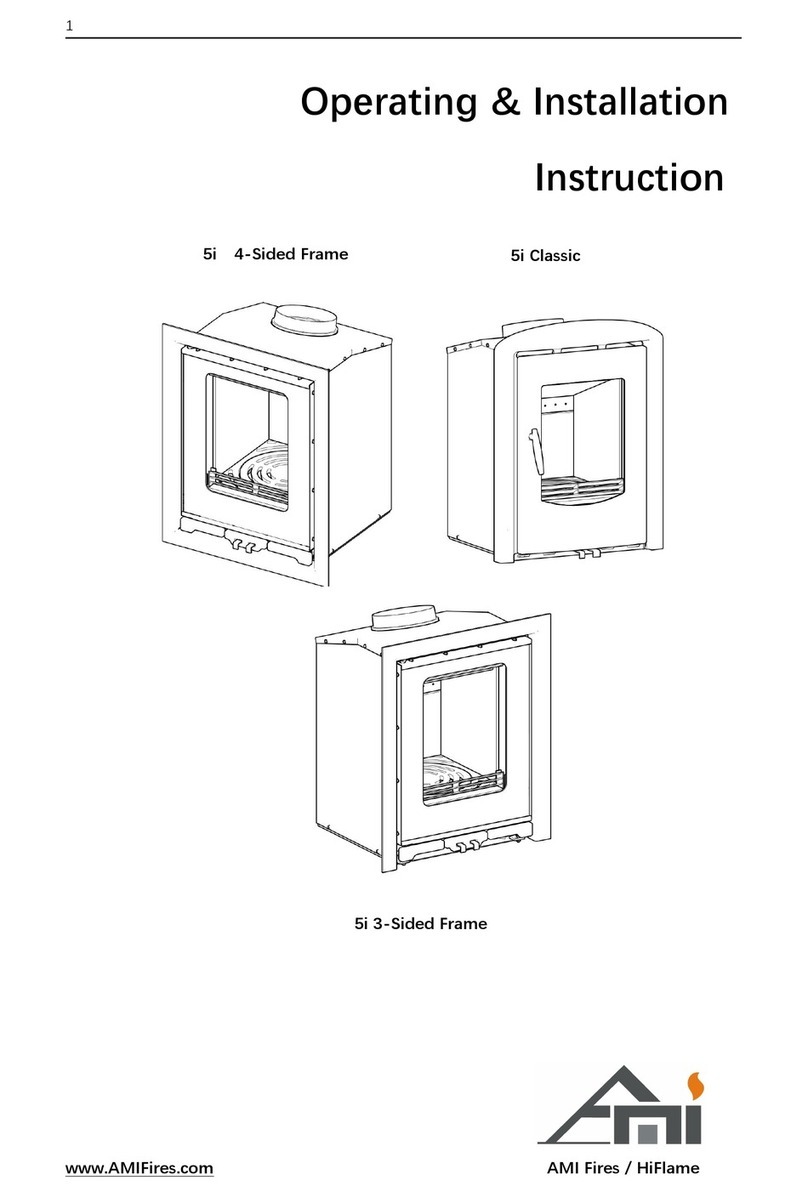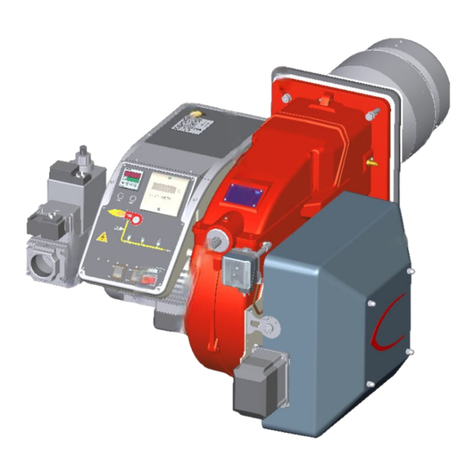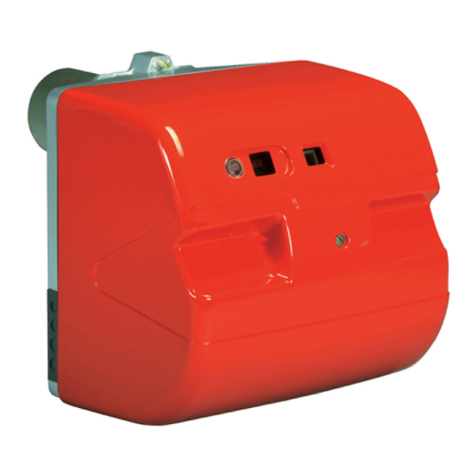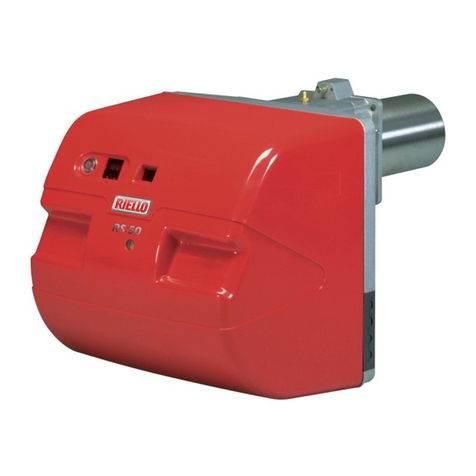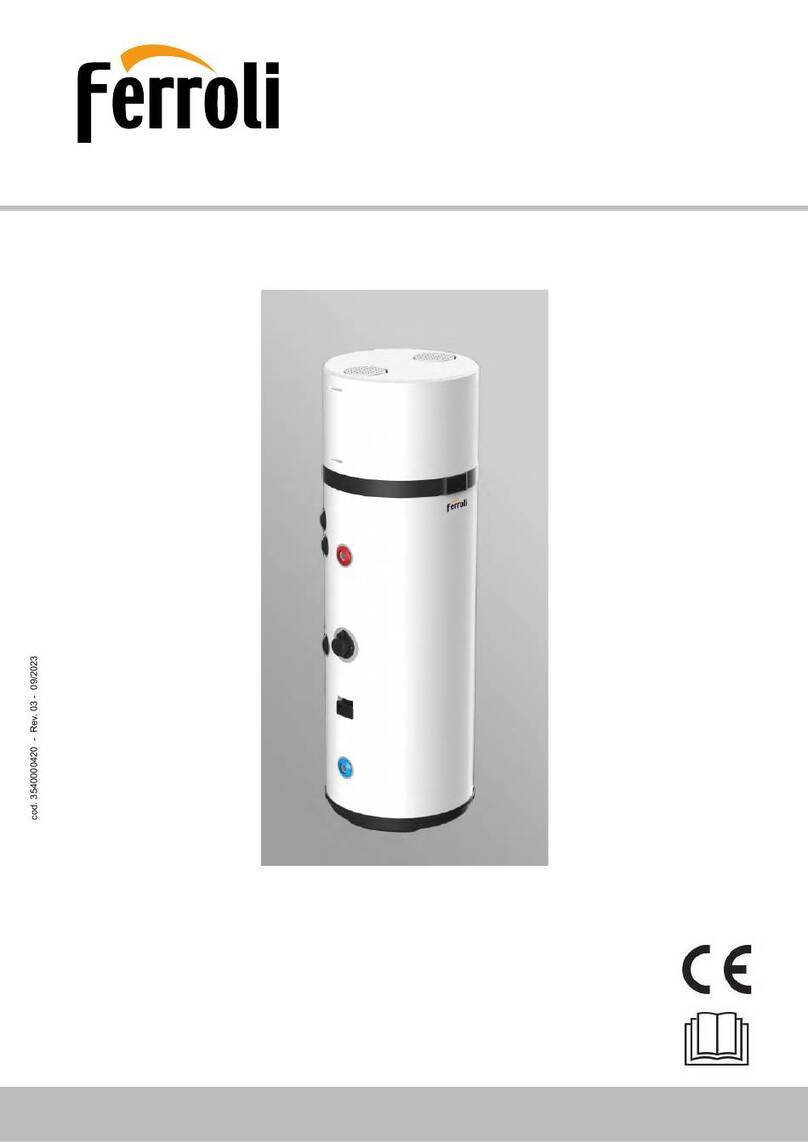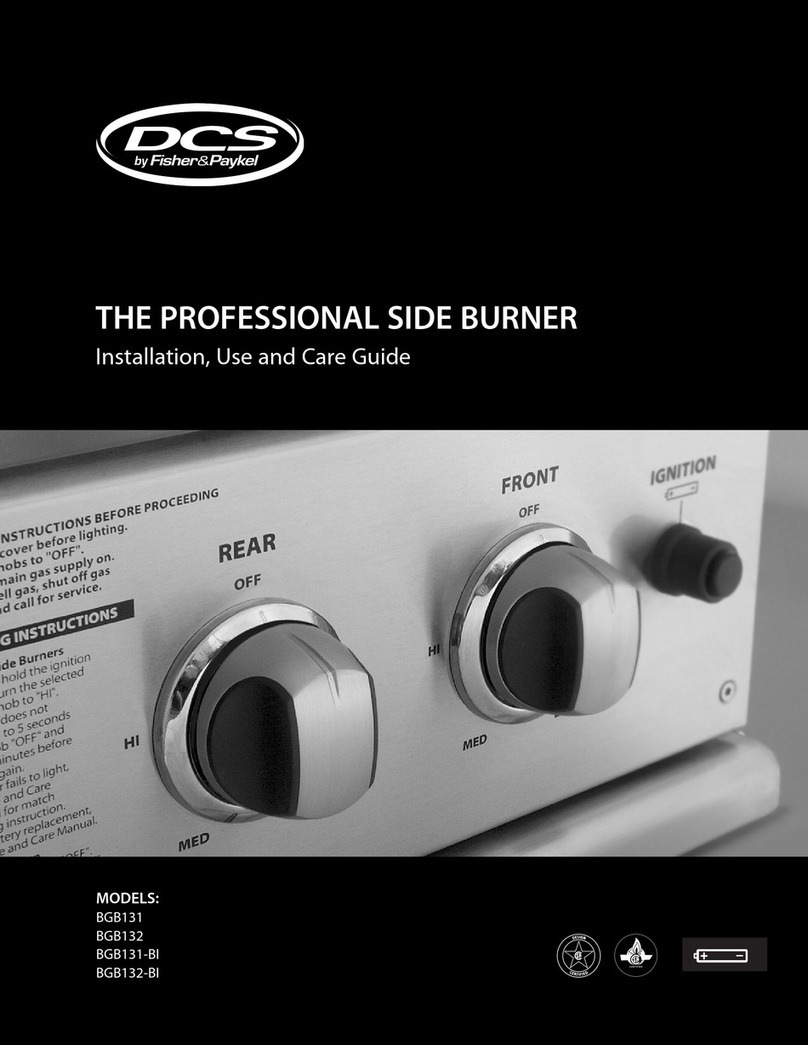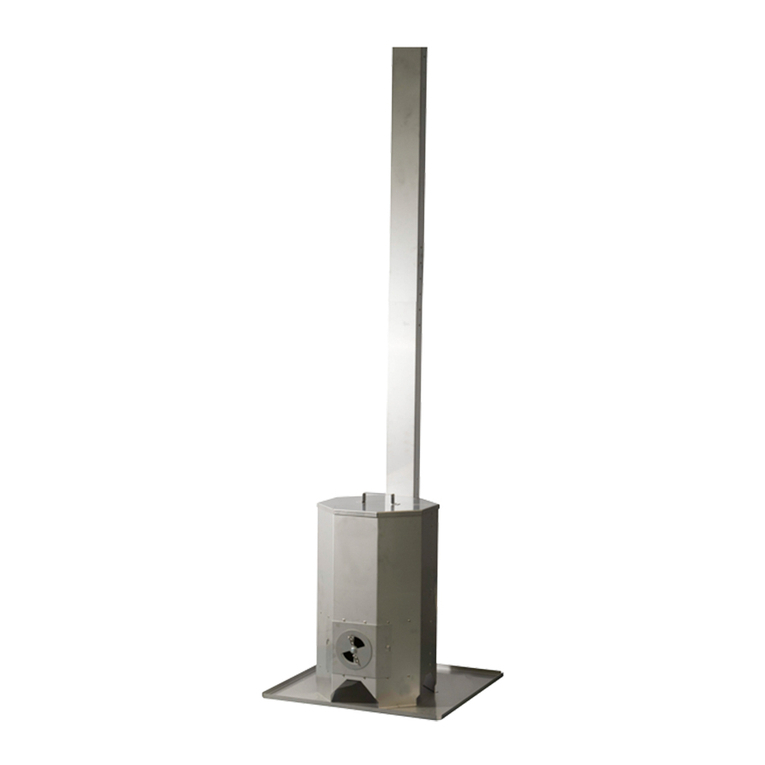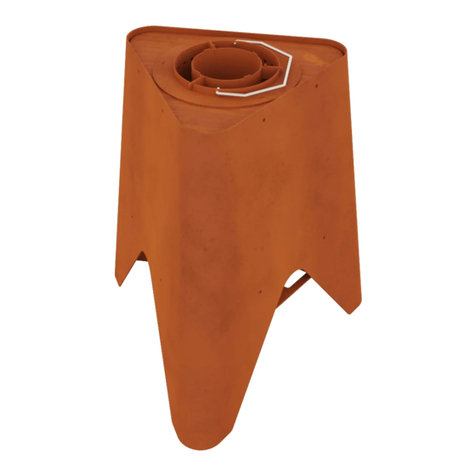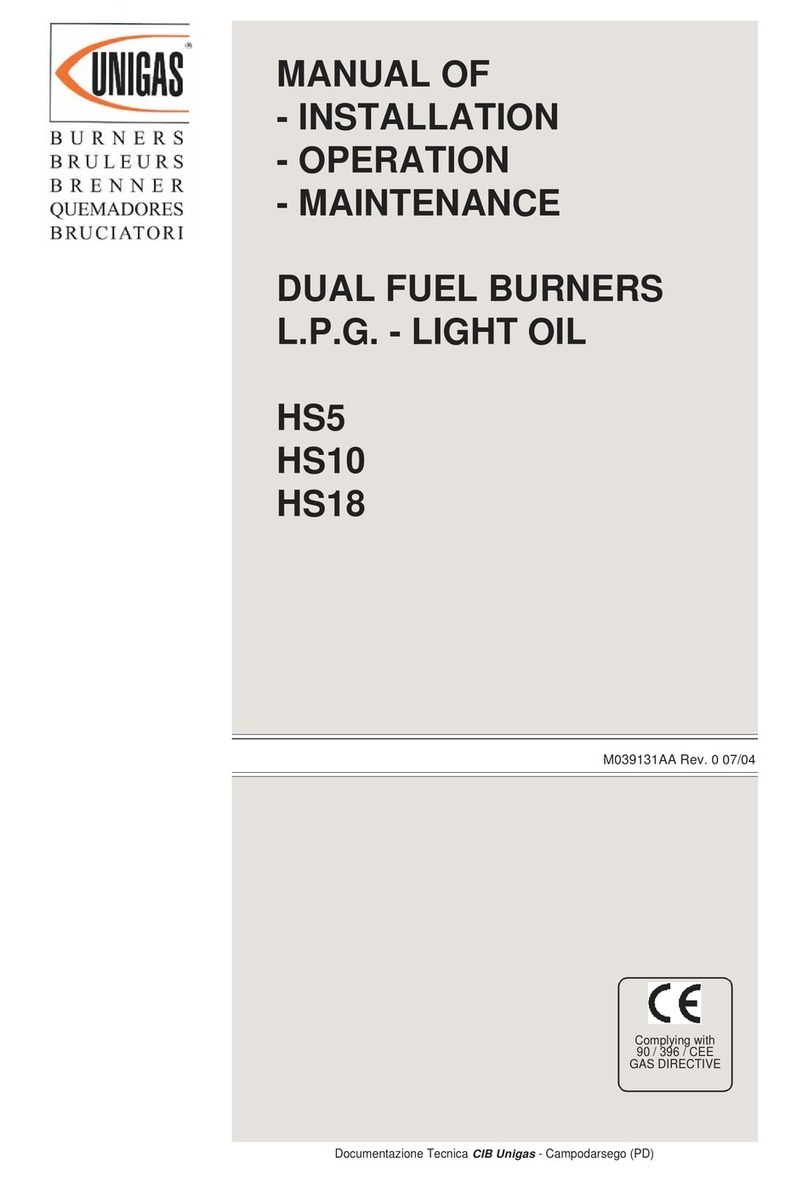
22
SUN G50 - G70
Italiano
English
Français
Deutsch
Español
This symbol indicates “Warning” and is placed near all warnings regarding safety. Such
provisions must be strictly adhered to so as to avoid danger and damage to people, animals
and things.
1. Operating instructions ........................................................................ 23
2. Installation........................................................................................... 24
3. Service and maintenance..................................................................... 31
4. Characteristics and technical specifications ........................................ 39
This symbol highlights a note or an important warning
• Carefully read the warnings in this
instruction booklet, as they provide
important indications on the safety of
installation,operationandmaintenance.
• The instruction booklet is an integral
and essential part of the product and
must be carefully kept by the user for
future reference.
• The installation and maintenance
operations must be performed
according to the standards in force, the
instructions of the manufacturer and
must be carried out by professionally
qualified personnel.
• Incorrect installation or poor
maintenance may cause damage to
people, animals or things. The
manufacturer declines all liability for
damage deriving from errors in the
installation and operation of the
appliance, and in any case from the
failure to observe the instructions
provided by the manufacturer.
• Before performing any cleaning or
maintenanceoperations,disconnectthe
appliance from the mains power supply
using the system switch and/or the
corresponding on-off devices.
• In the event of faults and/or poor
operation of the appliance, it should be
deactivated. Do not attempt to repair
the appliance. Contact professionally
qualified personnel only.
• After having removed the packaging,
check that the contents are intact.
• The parts of the packaging must not be
left within the reach of children, as they
are potential sources of danger.
Certification
TheCEMarkattests that Ferroli appliances conform to the requirements specified in the corresponding
European directives.
In particular, this appliance conforms to the following EEC directives:
• Directive 92/42, Efficiency, accepted into Italian law by Presidential Decree no. 660, 15.11.96
• Directive 73/23, Low Voltage, (amended by no. 93/68)
• Directive 89/336, Electromagnetic Compatibility (amended by no. 93/68) accepted into Italian law
by Presidential Decree no. 615, 15/11/96




















